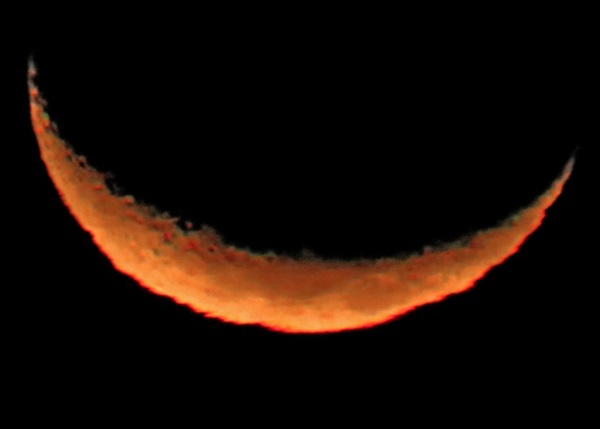Here’s a bit of trivia. Admiral William Henry Smyth (1788–1865), author of the celebrated A Cycle of Celestial Objects, is also noted for another work: The Sailor’s Word-Book, a classic dictionary of nautical (and related astronomical) terms. The volume is filled with fascinating phrases. In it, for instance, we learn that a blazing star was the popular name sailors used for a comet, that blue moon meant an indefinite period, and that star-glint was a common name for a meteor.
Smyth’s Word-Book also informs us about the origins of the phrase between the devil and the deep blue sea. The devil referred to “the seam which margins the water-ways” of a ship’s hull. As the seam was close to the waterline, caulking it in rough waters was dangerous; there was risk involved in any course of action a sailor took or didn’t take.
This month, we honor Smyth by asking observers using small to moderate-sized telescopes to weigh anchor and try to fix their gaze upon a devil of a galaxy: NGC 6118, which lies only about 2° south of the night sky’s “waterline” (the celestial equator) in Serpens Caput. Many observers consider NGC 6118 to be the most difficult object on the Herschel 400 list, the popular selection of targets plucked from John Herschel’s General Catalogue of Nebulae and Clusters. Let’s see if
we can’t heighten the chances of success in the hunt.
A “blink-of-the-ice” target
NGC 6118 is a photographic delight and a visual observer’s menace. We see this roughly magnitude 11.5 grand design spiral galaxy only 20° from edge-on. Its minute angular extent (4.6′ by 1.9′), small central bulge, and low surface brightness (23.6 magnitudes per square arcsecond) are all hallmarks of a true dark-sky object. High contrast between the galaxy and background sky is needed to see it — seriously, add just a hint of light, moisture, or dust to the sky and this devil will drown.
Seeing NGC 6118 through small- to moderate-sized telescopes requires knowing exactly where to look. Use low power to find the field, then immediately switch to 25x to 40x per inch of aperture for your search.
Look for a faint fleck of misty light that swells in fast phantom flashes. At times, just the nuclear region appears. Then a fine oval mist manifests before everything vanishes just as quickly as it appeared, like a shy spirit. Try moving the telescope in slow creeps (not sweeps) back and forth, as your eyes perceive objects better if they are in motion.
Any gain in altitude should also help with the view. Jay Reynolds Freeman had success spying NGC 6118 through a 2.2-inch f/8 Vixen fluorite refractor from an altitude of about 2,700 feet (820 meters) in Fremont Peak State Park near San Juan Bautista, California. Using only magnifications of 22x and 37x, he saw “a faint, diffuse, and not very centrally concentrated glow, popping in and out at the limit of averted vision, at the charted position. Jiggling the telescope, or moving it slightly with the slow motions, helped a bit.” Others have seen it through 4- and 5-inch telescopes quite distinctly from high-altitude observing sites, as well.
Plan to spend an evening solely on this object. Take your time. Make sure your eyes do not strain. As you observe, periodically relax and take deep breaths (hyperventilate). Keep both eyes open. If extraneous light is a problem, use a blanket or cloth to cover your head. Do not settle for one possible glint; repeat sightings are key. Sometimes, quick glances are more efficient than prolonged stares, which can fatigue the eye. You are the master of your art, so learn from looking.
By the way, in Smyth’s Word-Book, the phrase blink of the ice refers to the flickering appearance of a miraged iceberg. This term aptly applies to NGC 6118, which is, in fact, popularly known as the Blinking Galaxy, as it flickers in and out of view depending on the position of your eye when you look through the telescope. This effect involves not only averted vs. direct vision, but also whether the galaxy hits your eye’s “hot spot” — the most sensitive region of your eye’s retina.
As always, send reports of what you see or don’t see to sjomeara31@gmail.com.










